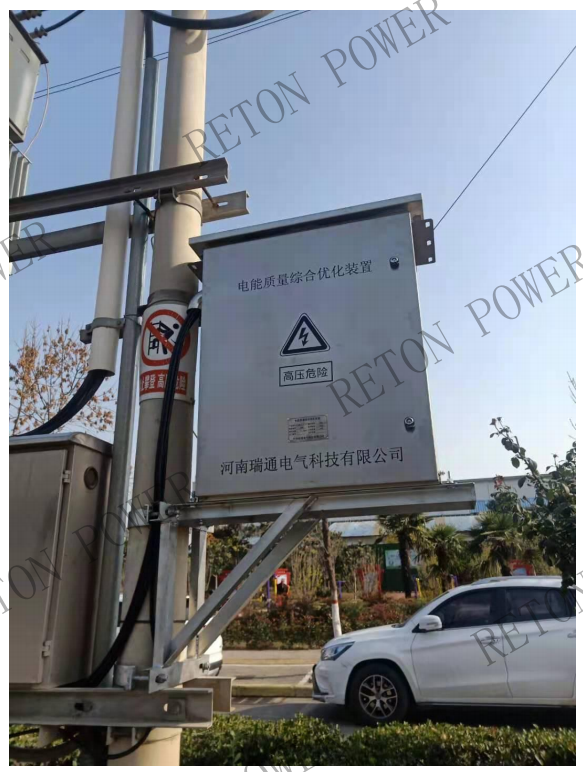Three-phase imbalance in the distribution station area may cause tripping, but it usually does not directly cause tripping.
When the three-phase load is unbalanced, the current in one phase will be too large, causing the circuit breaker to trip. Therefore, in order to solve this problem, some technical means can be used to make adjustments. For example, this problem can be solved by adjusting load distribution, increasing transformer capacity, and using three-phase unbalance adjustment devices.
Moreover, switch tripping in the Taiwan area is not necessarily caused by three-phase imbalance.
What are the causes of tripping in distribution stations?
Overload: When the load in the circuit exceeds the rated current that the protective device can withstand, the protective device will trigger a trip to prevent the overload from damaging the equipment or causing a fire.
Short circuit: When a direct short circuit occurs between two or more conductors in a circuit, the current will increase rapidly, causing the circuit to overload, and the protective device will trip immediately to protect the circuit and equipment.
Ground Fault: A ground fault occurs when an electrical connection or contact occurs between a conductor in a circuit and the ground, causing current to flow through the ground wire back to the power source. The protective device detects a ground fault and triggers a trip.
Overvoltage: When excessive voltage appears in a circuit, it may damage equipment or cause a fire. Protection devices detect overvoltage and trigger a trip to prevent further problems.
Grid fault: When a fault occurs in the grid, such as voltage fluctuation, voltage imbalance, or grid failure, protective devices may trigger a trip to protect circuits and equipment.
Human operating error: Wrong operation or improper operation, such as short-circuit operation, incorrect circuit connection or incorrect setting of protective devices, may cause the protective device to trip.
What should I do if a trip occurs in the distribution station area?
When there is a tripping problem in the distribution station area, you can check it according to the following steps:
Check the power supply: First check whether the power supply is working properly and ensure that the power supply is stable and there are no power outages or voltage fluctuations.
Check protective devices: Check tripped protective devices, such as circuit breakers, fuses or earth leakage protectors, to make sure they have not triggered a trip.
Check the load: Check the load condition of the distribution station area to ensure that the load does not exceed the rated capacity of the protection device. If the load is too large, it may cause an overload trip.
Check the circuit: Check the circuit for shorts, ground faults, or other circuit faults. Use circuit test equipment to measure and inspect to identify possible fault points.
Check equipment: Check the equipment in the distribution station area, such as motors, transformers, switchgear, etc., to ensure that they are working properly and are not faulty or damaged.
Check the wiring: Check whether the wiring of the circuit is correct and make sure there is no looseness, poor contact or wrong connection.
Check environmental factors: Check the surrounding environmental factors, such as temperature, humidity, dust, etc., to ensure that they do not affect the normal operation of circuits and equipment.
